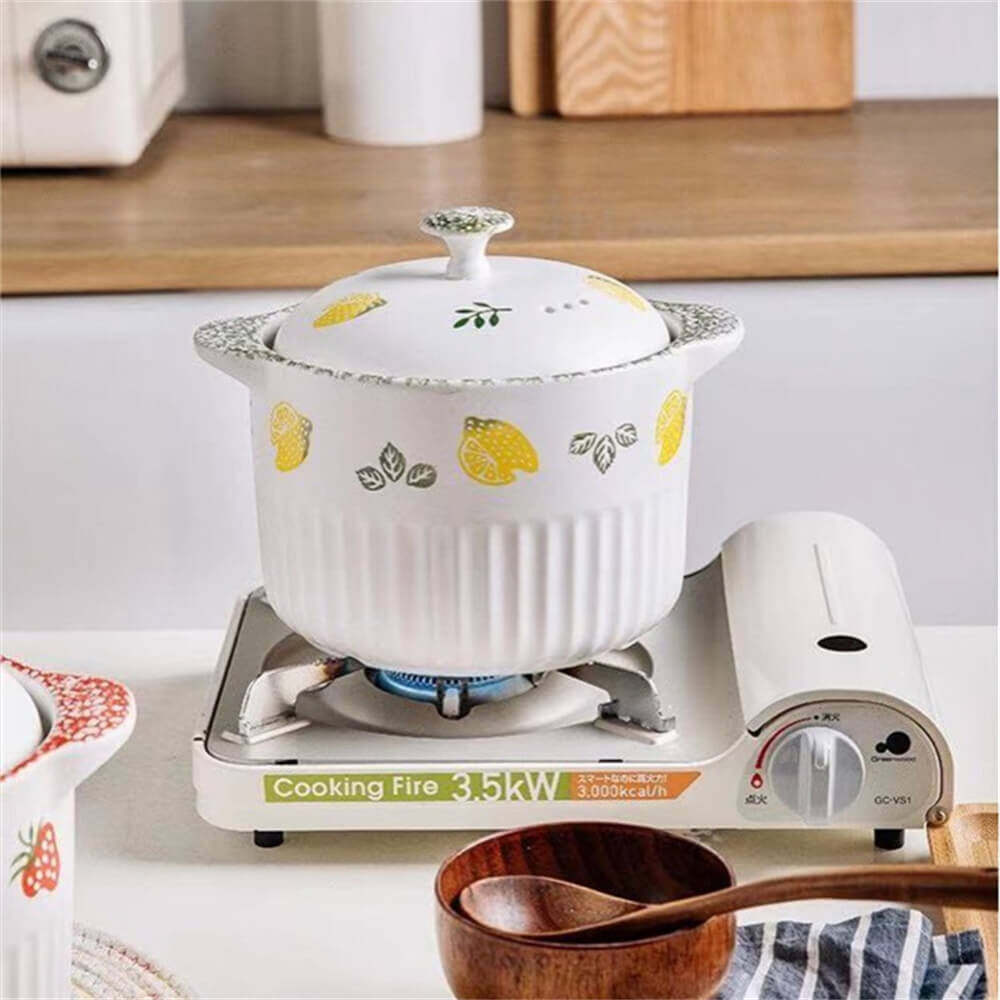Email format error
Email cannot be empty
Email already exists
6-20 characters(letters plus numbers only)
The password is inconsistent
Email format error
Email cannot be empty
Email does not exist
6-20 characters(letters plus numbers only)
The password is inconsistent


When it comes to cooking, few things rival the unique and enriching experience offered by clay pots. These humble vessels have been a staple in kitchens across the globe for centuries, cherished for their ability to enhance flavors and create unforgettable dishes. Let’s dive into the world of clay pots used for cooking and discover why they continue to hold a special place in kitchens today.
Clay pots, often referred to as earthenware or terracotta pots, have been used for cooking since ancient times. Their history stretches back thousands of years, with evidence suggesting that civilizations from ancient China to Mesopotamia relied on these pots for their culinary needs. The appeal of clay pots lies in their natural properties, which make them ideal for slow cooking and stewing. Unlike metal pots, clay pots are porous, allowing heat to distribute evenly and moisture to be retained, resulting in dishes that are rich in flavor and texture.
1. Enhanced Flavor: One of the most celebrated benefits of using clay pots is their ability to enhance the flavors of your dishes. The porous nature of clay allows for slow, even cooking, which helps to develop and intensify flavors. Additionally, the natural minerals in clay can impart subtle, earthy notes to your food, adding a unique dimension to your meals.
2. Nutrient Retention: Cooking with clay pots is not only good for flavor but also for preserving nutrients. The slow cooking process ensures that essential vitamins and minerals are retained, making your meals not only delicious but also nutritious. This method of cooking can be particularly beneficial when preparing soups, stews, and braises.
3. Versatility: Clay pots are incredibly versatile and can be used for a wide range of cooking techniques. Whether you’re baking bread, roasting meats, or preparing stews, a clay pot can handle it all. The ability to go from stovetop to oven makes clay pots a convenient choice for various cooking methods.
4. Natural Cooking Experience: Cooking with clay pots offers a more natural and traditional approach to preparing meals. The process often involves slower cooking times, which encourages patience and mindfulness in the kitchen. This can lead to a more rewarding cooking experience and a deeper appreciation for the food you’re preparing.

To get the most out of your clay pot, it’s essential to know how to use and care for it properly. Here are some tips to ensure you enjoy all the benefits of cooking with clay pots:
1. Seasoning Your Clay Pot: Before using a new clay pot, it’s important to season it to prevent cracking and improve its non-stick properties. Soak the pot in water for several hours, then coat it with a thin layer of vegetable oil and bake it in the oven at a low temperature. This process helps to strengthen the pot and prepare it for cooking.
2. Preheating: When cooking with clay pots, it’s crucial to preheat them gradually. Sudden temperature changes can cause the pot to crack. Start with low heat and gradually increase it to avoid thermal shock.
3. Cleaning and Maintenance: Cleaning clay pots requires a gentle touch. Avoid using harsh detergents or abrasive scrubbers. Instead, use warm water and a soft sponge to clean the pot. For stubborn residue, soak the pot in water before scrubbing. It’s also a good idea to regularly check for any cracks or damage and to repair them promptly to prolong the life of your clay pot.
4. Storage: Store your clay pots in a dry place to prevent moisture from affecting their integrity. It’s also advisable to keep them covered to avoid dust and debris from accumulating inside.
The use of clay pots is not limited to any single region or cuisine. Different cultures have embraced clay pots and adapted them to their culinary traditions. Here are a few examples:
- Indian Cuisine: In India, clay pots are used extensively to prepare traditional dishes like biryanis, dals, and curries. The slow cooking process in clay pots helps to meld spices and create complex flavors. Indian clay pots, or “handis,” are often used for cooking over an open flame.
- Mexican Cuisine: Mexican cooking also features clay pots, known as “cazuelas.” These pots are ideal for preparing dishes like pozole and mole, where the even heat distribution helps to develop rich, deep flavors. The rustic charm of cazuelas adds authenticity to Mexican dishes.
- Middle Eastern Cuisine: In the Middle East, clay pots are used for making dishes such as tagines and stews. The traditional cooking method in these pots results in tender, flavorful meats and aromatic vegetables.
While traditional uses of clay pots remain popular, modern innovations have also embraced these timeless vessels. Many chefs and home cooks are rediscovering the benefits of clay pots and incorporating them into contemporary cooking. From artisanal pottery to high-tech ceramic materials, the evolution of clay pots continues to offer new possibilities for enhancing our culinary experiences.
Clay pots used for cooking are more than just kitchen tools; they are a testament to the enduring legacy of culinary traditions. Their ability to enhance flavors, retain nutrients, and provide a natural cooking experience makes them a valuable addition to any kitchen. Whether you’re preparing a traditional dish or experimenting with modern recipes, clay pots offer a unique and enriching way to cook. Embrace the charm of these ancient vessels and enjoy the delightful results they bring to your meals.